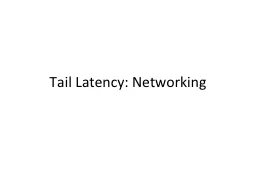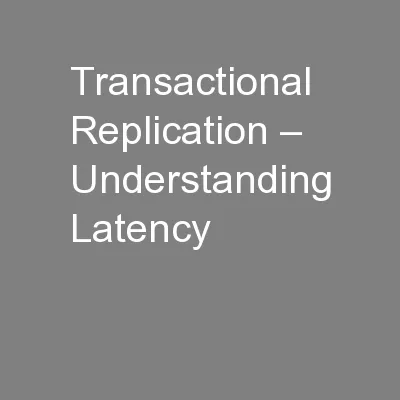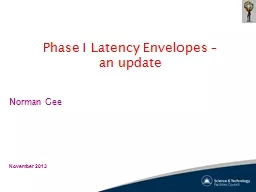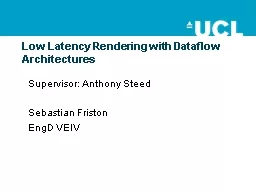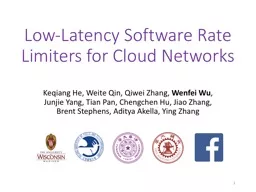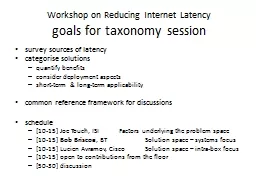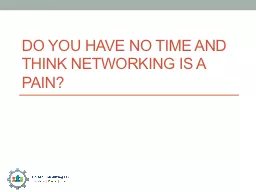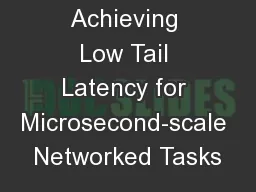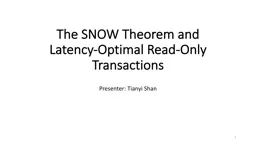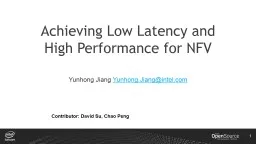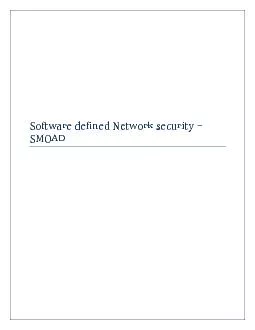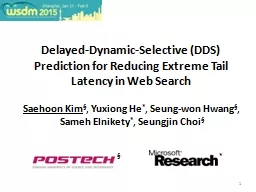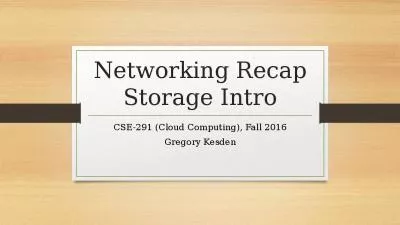PPT-Tail Latency: Networking
Author : tatyana-admore | Published Date : 2017-11-05
The story thus far Tail latency is bad Causes Resource contention with background jobs Device failure Unevensplit of data between tasks Network congestion for reducers
Presentation Embed Code
Download Presentation
Download Presentation The PPT/PDF document "Tail Latency: Networking" is the property of its rightful owner. Permission is granted to download and print the materials on this website for personal, non-commercial use only, and to display it on your personal computer provided you do not modify the materials and that you retain all copyright notices contained in the materials. By downloading content from our website, you accept the terms of this agreement.
Tail Latency: Networking: Transcript
Download Rules Of Document
"Tail Latency: Networking"The content belongs to its owner. You may download and print it for personal use, without modification, and keep all copyright notices. By downloading, you agree to these terms.
Related Documents

